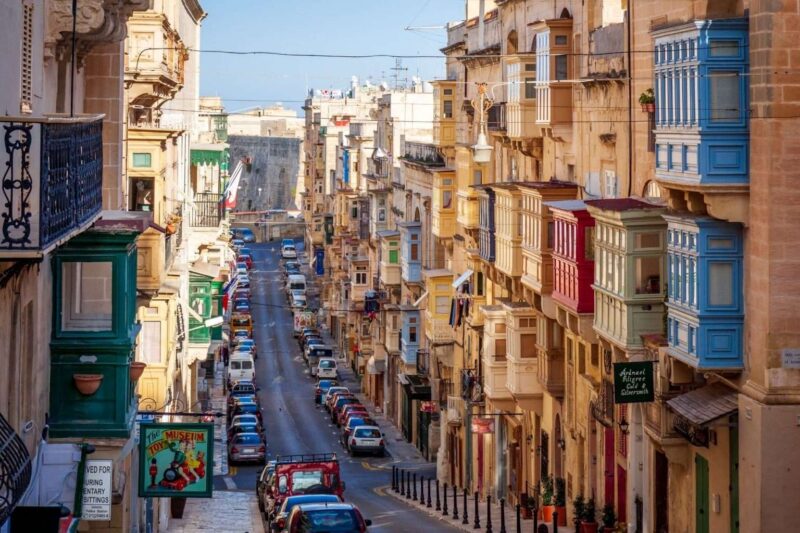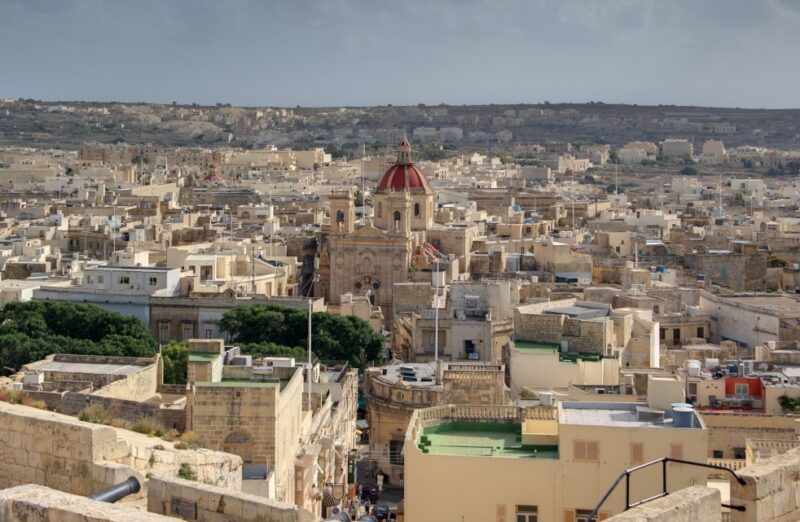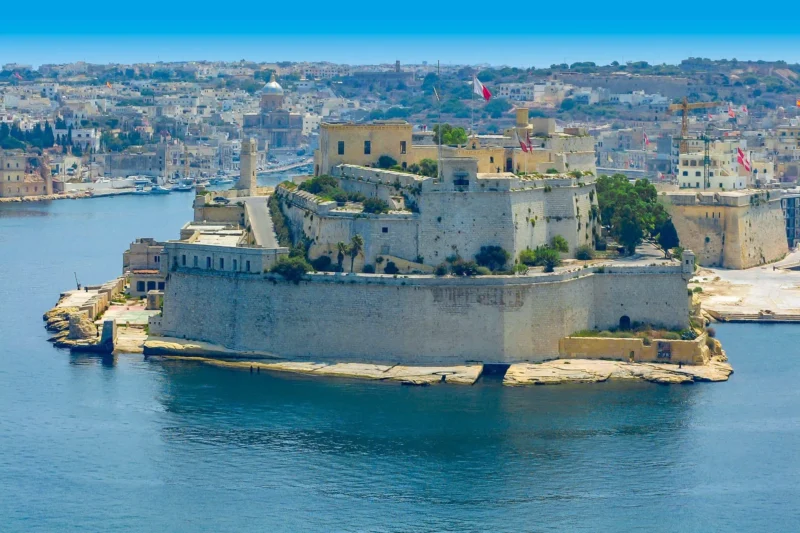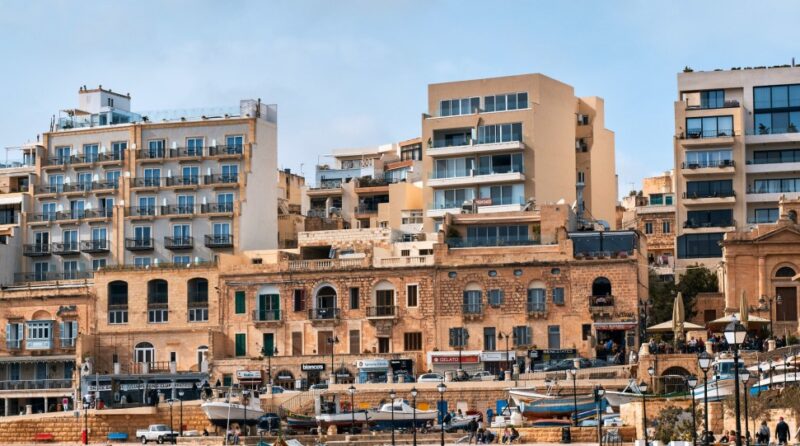Malta’s real estate market has always captured attention—its Mediterranean climate, historic charm, and strategic EU location make it a sought-after destination. But as we step into 2025, the dynamics are shifting. Whether you’re a first-time homebuyer, seasoned investor, or someone considering a lifestyle change, understanding where the market is headed is crucial.
This article will walk you through the latest real estate trends in Malta and Gozo, price movements, what’s influencing buyer behavior, and what you should watch for before making a decision.
Key Highlights
- Prices have stabilized in core urban zones after years of rapid growth.
- Gozo is seeing increased interest, especially from remote workers and EU retirees.
- Rental yields in tourist-heavy areas are still strong, but supply is tightening.
- Foreign investment remains robust despite global uncertainty.
- Energy-efficient and modernized properties are outperforming outdated builds.
- The buying process remains accessible, but competition is increasing in specific niches.
What’s Different About 2025?

Over the past few years, Malta’s property market has matured. Instead of runaway price hikes, we’re seeing measured, data-driven growth—particularly in well-connected areas like Sliema, St. Julian’s, and the capital, Valletta. Buyers are no longer just chasing locations; they’re thinking about long-term value, infrastructure, and quality of life.
Gozo, Malta’s sister island, has experienced a quiet boom. Properties there are more affordable and offer a slower pace of life, making it attractive for EU retirees and remote workers who value tranquility without losing EU benefits.
If you’re trying to understand where the best opportunities lie, or want help navigating neighborhoods, property types, and budgets, you can read more and explore expert guidance tailored to the local market.
Urban Hotspots vs. Suburban Stability
Urban areas like Sliema, Gżira, and St. Julian’s are still leading when it comes to per-square-meter pricing. However, their growth has plateaued compared to the double-digit surges seen in the late 2010s. These areas attract short-term rentals, digital nomads, and affluent expats—but also come with rising maintenance costs and limited new supply.
Meanwhile, suburban zones like Naxxar, Attard, and parts of Mosta offer more space and family-oriented developments. While they may lack the nightlife of coastal hubs, they’ve gained popularity for offering a better quality of life at slightly lower price points.
Professional insight: If you’re investing, don’t just follow tourist footfall—study planned infrastructure upgrades, nearby schools, and long-term community planning.
What’s Driving Demand in Gozo?

Gozo has been quietly rewriting its market identity. It’s no longer seen just as a weekend getaway. The rise of hybrid work, improved ferry connections, and a wave of boutique hospitality investments have transformed its appeal.
Typical asking prices for traditional farmhouses, terraced houses, and modern apartments remain below mainland averages, but they’re climbing steadily. More EU nationals are buying homes not just as holiday retreats, but as permanent residences.
Key factors boosting Gozo’s market:
- Lower purchase and renovation costs
- Generous square footage for the price
- Slower lifestyle with tight-knit communities
- Growing high-speed internet infrastructure
Buyers interested in maximizing peace and space without compromising EU residency rights should keep Gozo firmly on their radar.
Energy Efficiency and Modern Builds Matter More Now
Energy efficiency and sustainability are no longer bonus features—they’re becoming must-haves. Malta’s hot summers and rising utility costs have pushed buyers to look for homes with proper insulation, double-glazed windows, and solar panels.
New developments are aligning with these priorities. From eco-certifications to smart home systems, developers are updating building practices. Older properties without these features are seeing more days on market and slightly lower selling prices unless renovated.
Smart buyers are factoring long-term energy savings into their budgets, and developers are responding accordingly.
How Is Foreign Investment Influencing Prices?

Despite global financial uncertainties, Malta continues to attract foreign buyers. Its English-speaking population, eurozone status, and relatively low property taxes make it appealing. Many EU and UK citizens look to Malta as a second-home destination or a rental income generator.
Programs like the Malta Permanent Residence Programme (MPRP) still influence demand, although there’s been a slight tightening of eligibility and scrutiny over time. This hasn’t dampened investor appetite—it’s simply made the process more structured and competitive.
Why foreign buyers still choose Malta:
- EU legal protections and ownership rights
- Political stability and economic predictability
- Growing rental demand in tourist and urban hubs
As a result, properties in premium areas are often snapped up quickly, especially when they come furnished or turnkey-ready.
Rental Market Trends in 2025

The rental market in Malta remains robust, particularly in short-let hotspots. However, new regulations around licensing, taxation, and rental agreements have added some friction.
That said, demand from remote workers, international students, and digital nomads remains high. Areas near universities, co-working spaces, and beaches continue to offer reliable yields.
Monthly rental prices (on average):
- Sliema: €1,300–€1,800 (2-bedroom apartment)
- Gżira: €1,200–€1,600
- Gozo (Victoria & Nadur): €800–€1,200
Landlords are adjusting to tenant expectations. Properties with Wi-Fi included, air conditioning, and modern kitchens rent faster than older units, even if located slightly farther from the city core.
What Should Buyers Prepare For?
The Maltese buying process is straightforward, but competition is heating up—especially for mid-range, well-located properties. Many listings are sold within weeks, and cash buyers often have an edge.
Here’s what you should consider:
- Have your financing pre-approved if applying for a loan.
- Work with a local notary and agent familiar with zoning laws and development plans.
- Get a structural survey if buying a property older than 20 years.
- Understand the stamp duty rules (typically 5% for locals, 7–8% for non-residents).
- Factor renovation costs early—some homes require major updates to meet modern standards.
Final Thoughts
Malta’s real estate market in 2025 is steady, attractive, and becoming more sophisticated. While the pace of price increases has slowed compared to previous booms, the demand remains solid—especially in well-planned areas and energy-efficient properties.
Whether you’re drawn to the vibrant city life of Sliema or the calm coastal appeal of Gozo, there are options to suit most goals and budgets. Just make sure you’re buying with the right expectations, armed with reliable data, and working with professionals who know the market inside out.

